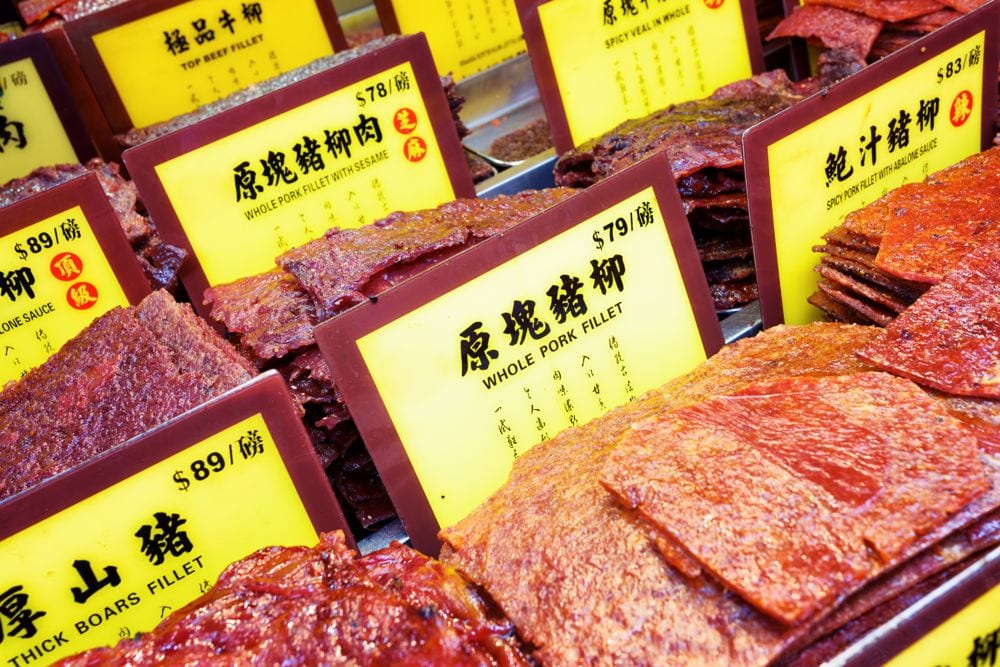Rival pork exporters could benefit from China-EU trade tensions

Singapore | Reuters—Pork suppliers from South America and the U.S. could gain market share in China if Beijing restricts imports from the European Union in response to escalating trade tensions, traders and analysts said.
Russia, increasingly a close trading partner of China that started exporting pork to China in February, could also step up meat shipments.
China’s commerce ministry said on Monday it had opened an anti-dumping investigation into imported pork and its by-products from the EU, after the bloc imposed anti-subsidy duties on Chinese-made electric cars.
Read Also

Improved Canadian pest control product regulations proposed
Proposed amendments to Canada’s pest control product regulations (PCPR) will provide greater transparency while enhancing environmental protection, according to an announcement from Health Canada on June 17.
Any impact on EU exports will take time to emerge. China has said the investigation could last more than a year.
“Brazil, Argentina and the U.S. can export more pork and offal to China if exports from the European Union are restricted,” Pan Chenjun, a senior analyst at Rabobank in Hong Kong, said.
“If the anti-dumping tax is too high, than shipments from other origins such as the US, Brazil and Argentina will increase.”
The U.S. Meat Export Federation (USMEF) noted U.S. pork faces retaliatory duties of 25 per cent in China in response to steel and aluminum tariffs, however.
“It is unclear whether U.S. pork will still be at a tariff disadvantage compared to EU pork, as is the case today,” said Joe Schuele, vice president of communications for the USMEF.
Smithfield Foods, a unit of Hong Kong-listed WH Group ltd 0288.HK, is familiar with the impact of Chinese tariffs on U.S. pork and would welcome relief on that front, spokesman Jim Monroe said.
Anti-dumping duties could hit Europe hard as China’s pork purchases from Europe include parts such as feet, ears and offal that tend to only be used for pet food rather than human consumption in Europe.
Pan, however, said any impact on China’s market would be limited.
“We don’t see much impact on the local market in terms of supplies and prices if imports are restricted from the European Union. This is because China’s imports of pork and offal are just 5% of total consumption,” Pan said.
USMEF’s Schuele said there could be further opportunities for U.S. pork variety meats in China, including feet, stomachs, heads and neckbones.
Leading consumer and producer
In 2023, China imported $6 billion worth of pork, including offal, customs data showed.
It is the world’s leading pig producer and consumes around half the world’s pork.
Domestic hog prices had plummeted, but oversupply has eased this year as farmers slaughtered fewer pigs to boost the market.
One Asia-based trader who deals in animal feed said Brazil, China’s leading agricultural trading partner, stood to gain from any EU trade disruption.
The trader, who asked not to be named because they were not authorized to speak to the press, said Brazil was very competitive in terms of pricing and would be able to easily increase market share.
Russia also has potential for growth, and according to Yuri Kovalev, head of the country’s National Union of Pork Producers, it wants a ten per cent share of China’s pork imports within three to four years.
As of June 2, Russia’s pork shipments to China totalled 4,260 metric tons, but Sergey Dankvert, the head of Rosselkhoznadzor, Russian agricultural watchdog, said earlier this month Russia could export up to 100,000 tons of pork to China in 2024.
The head of Miratorg, one of Russia’s major pork suppliers, Viktor Linnik told an investment forum in St. Petersburg that the agricultural holding was ready to supply China with about 40,000 tons of pork by the end of the year.
One meat trader in Shanghai, who asked not to be named, said his company was in contact with Russian pork exporters.
—Additional reporting for Reuters by Olga Popova in Moscow, Karl Plume and Tom Polansek in Chicago and Beijing newsroom.
Source: Farmtario.com

